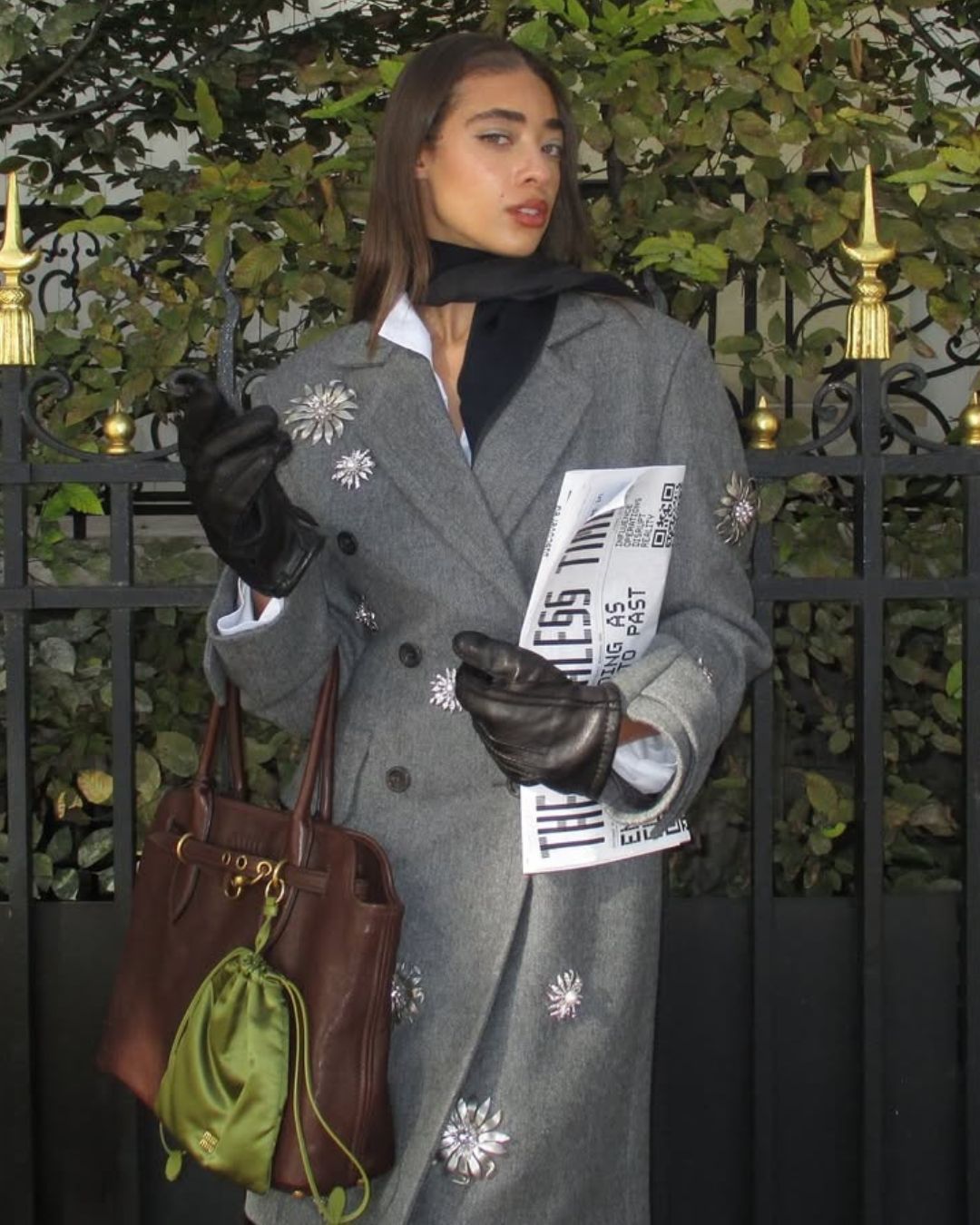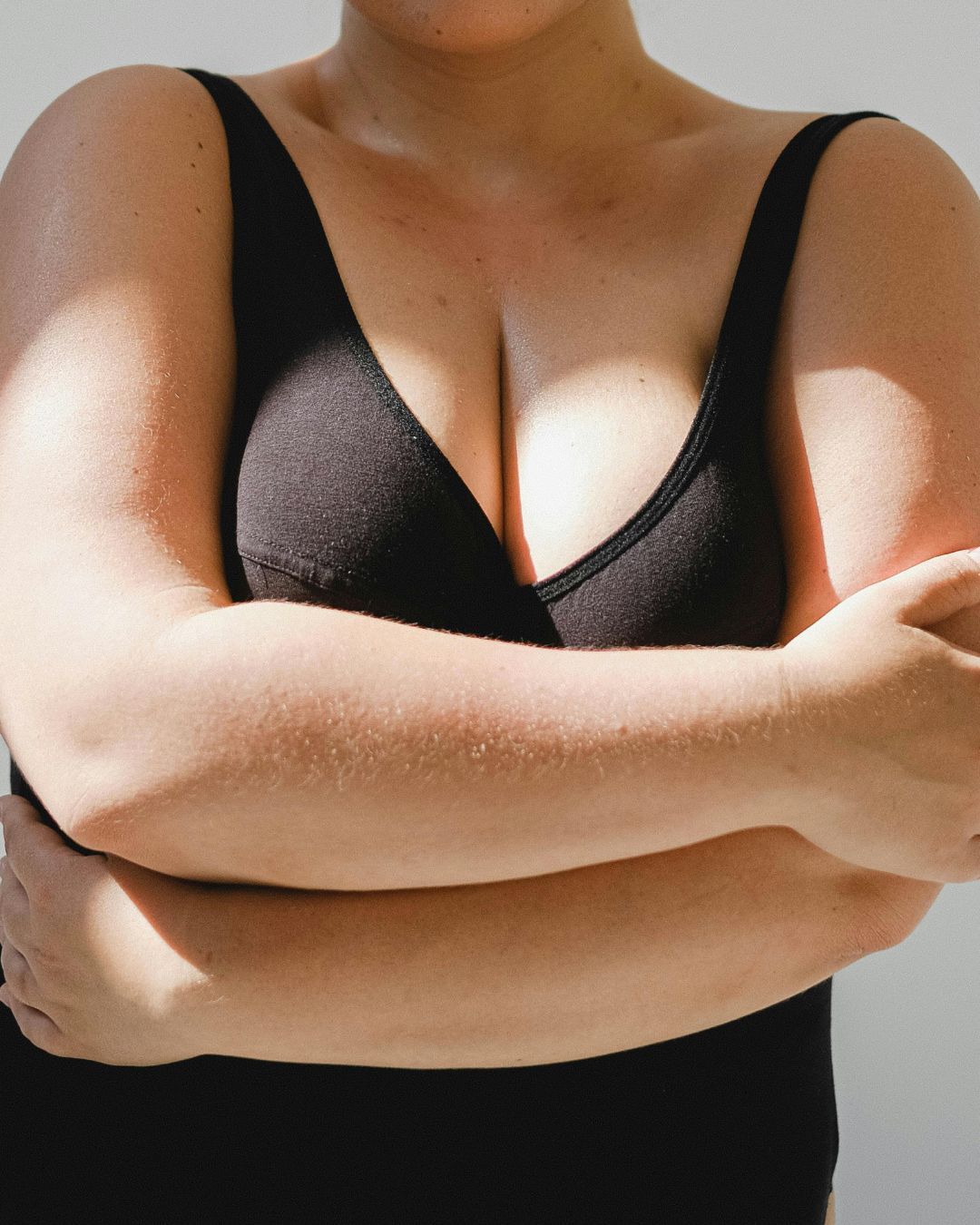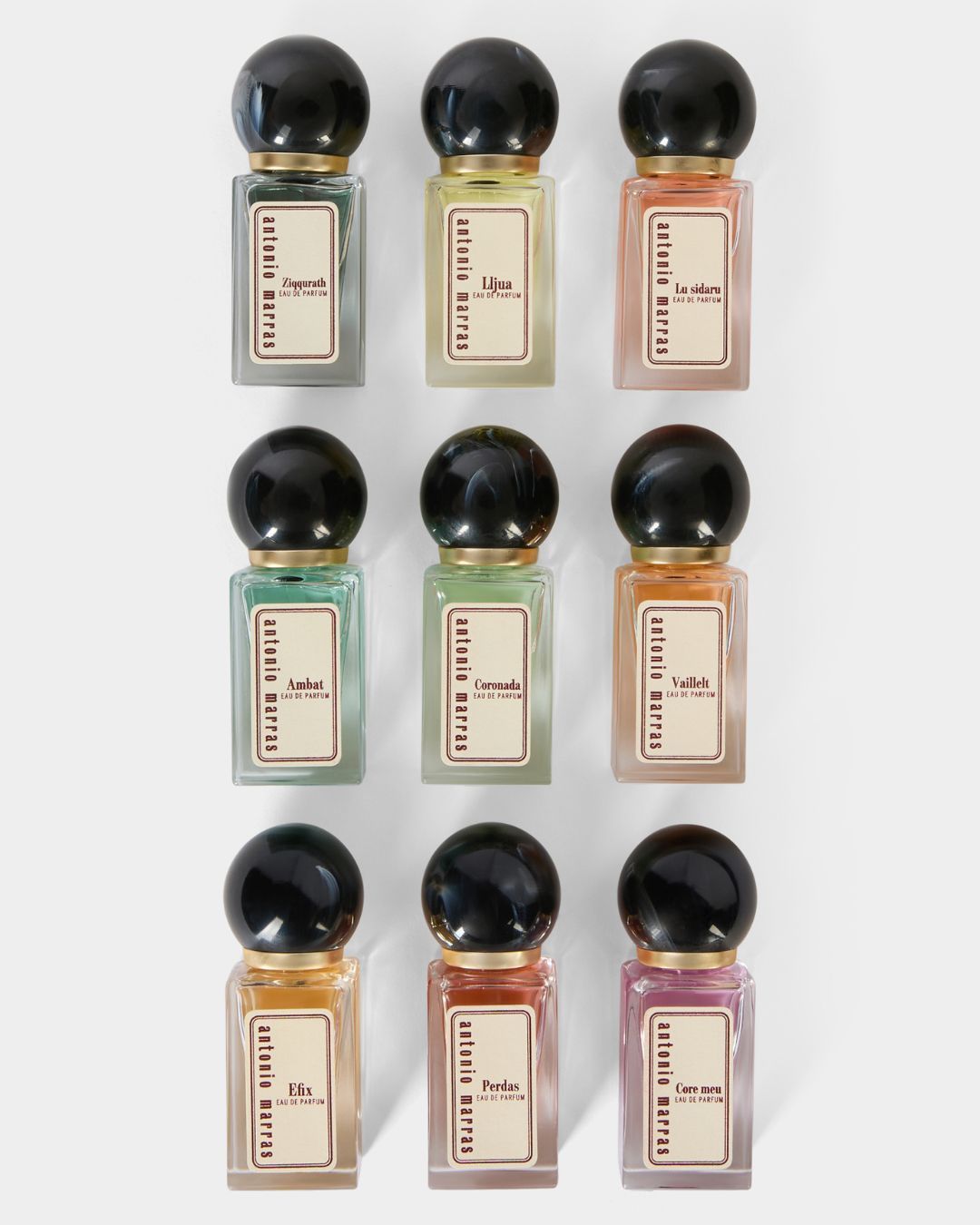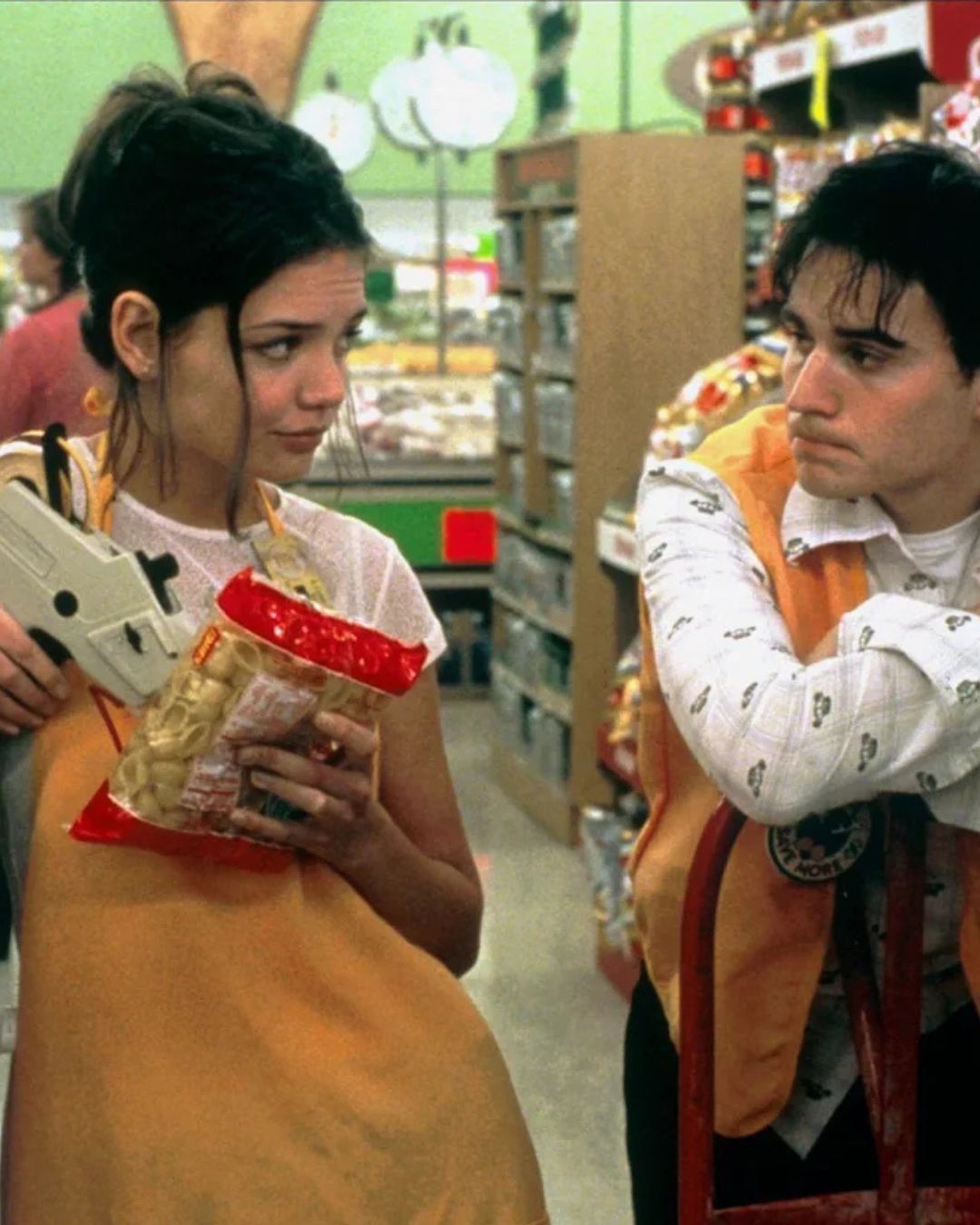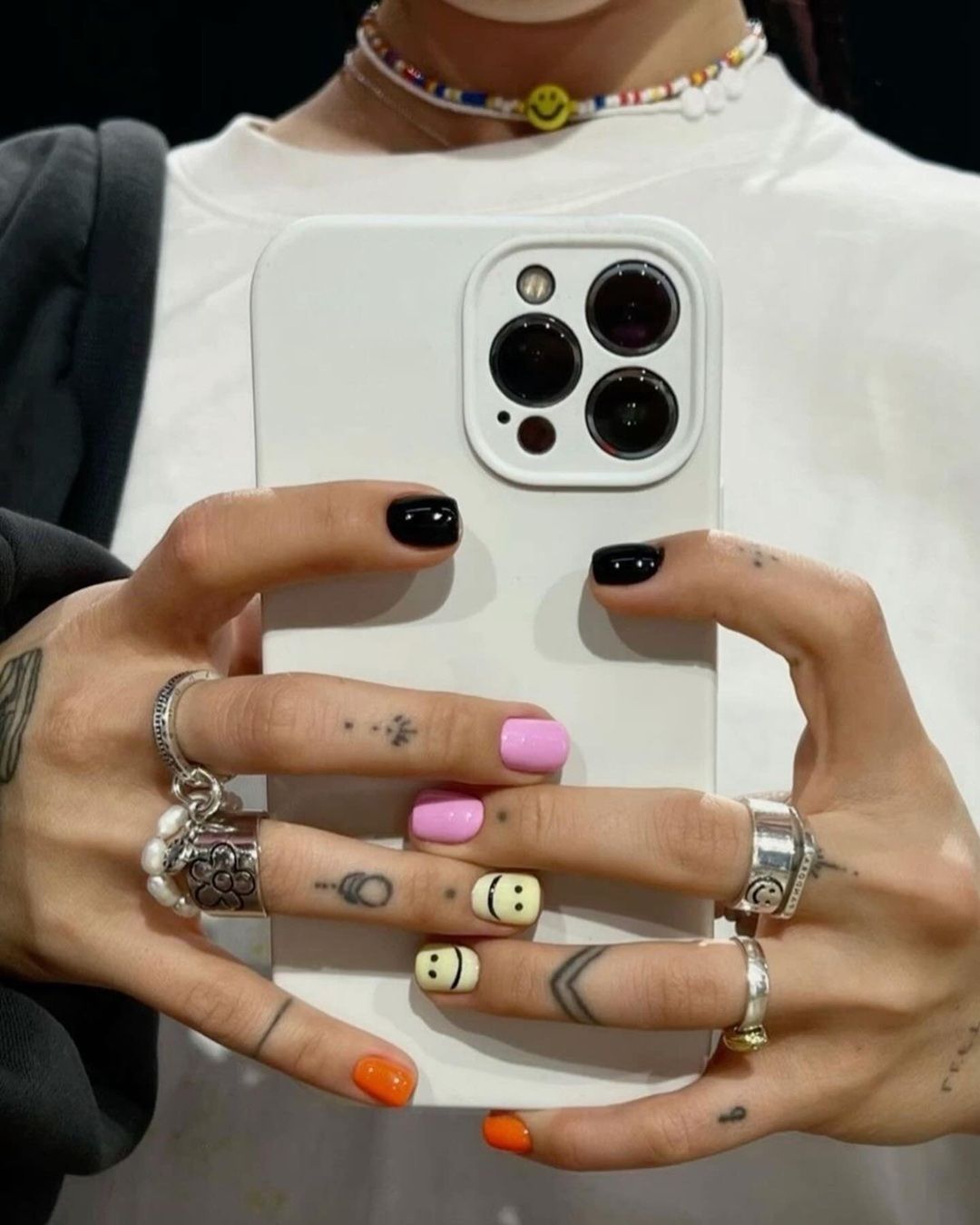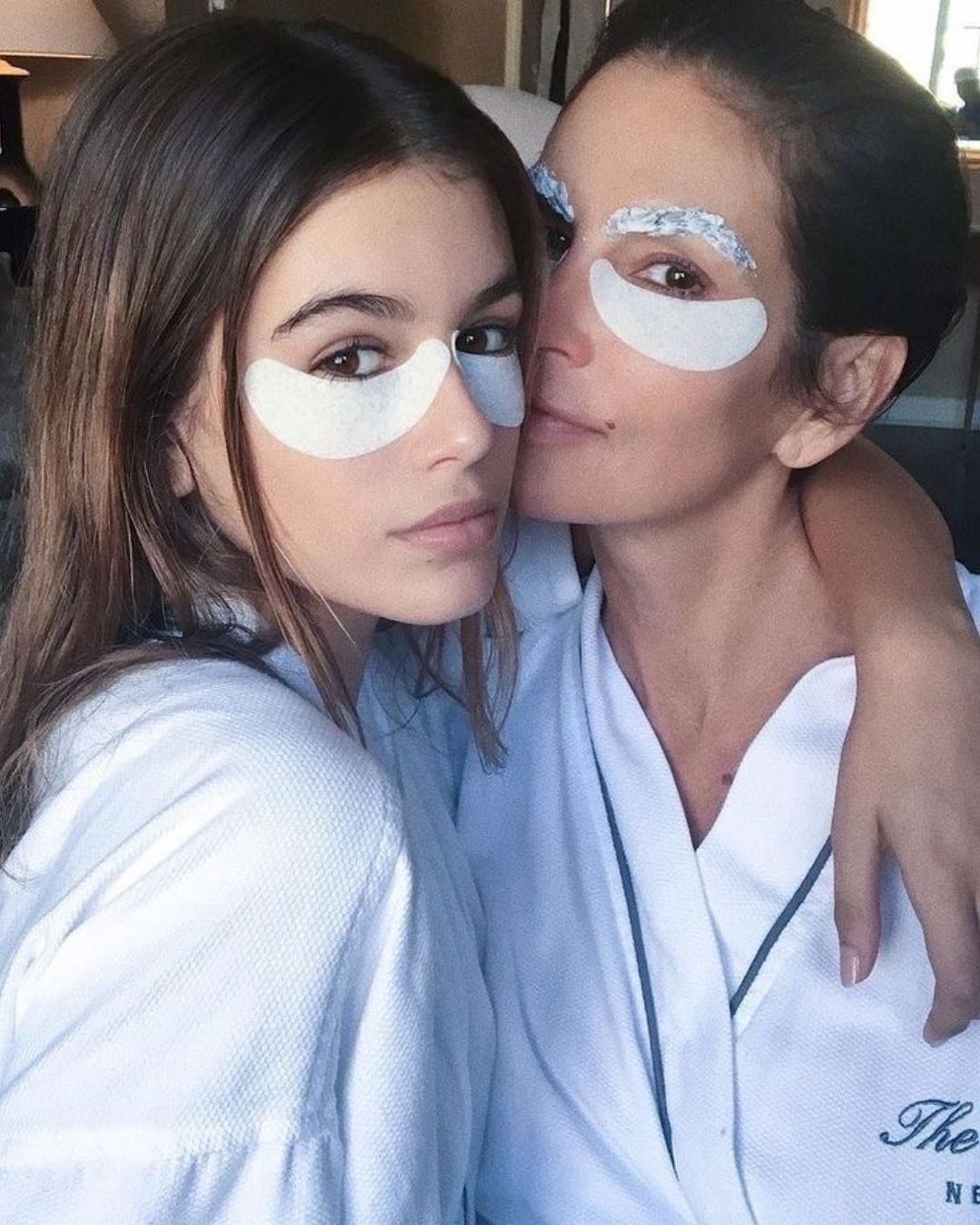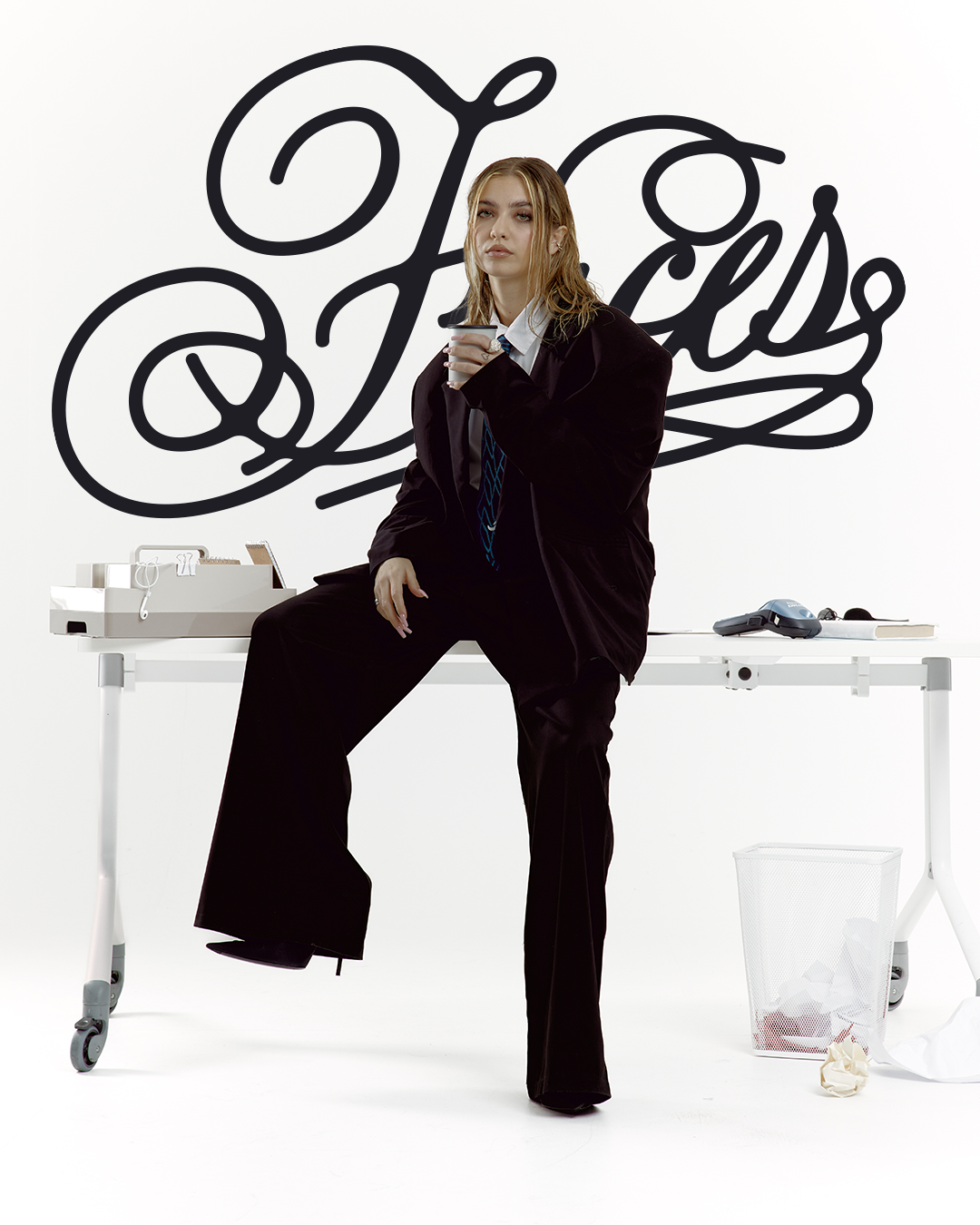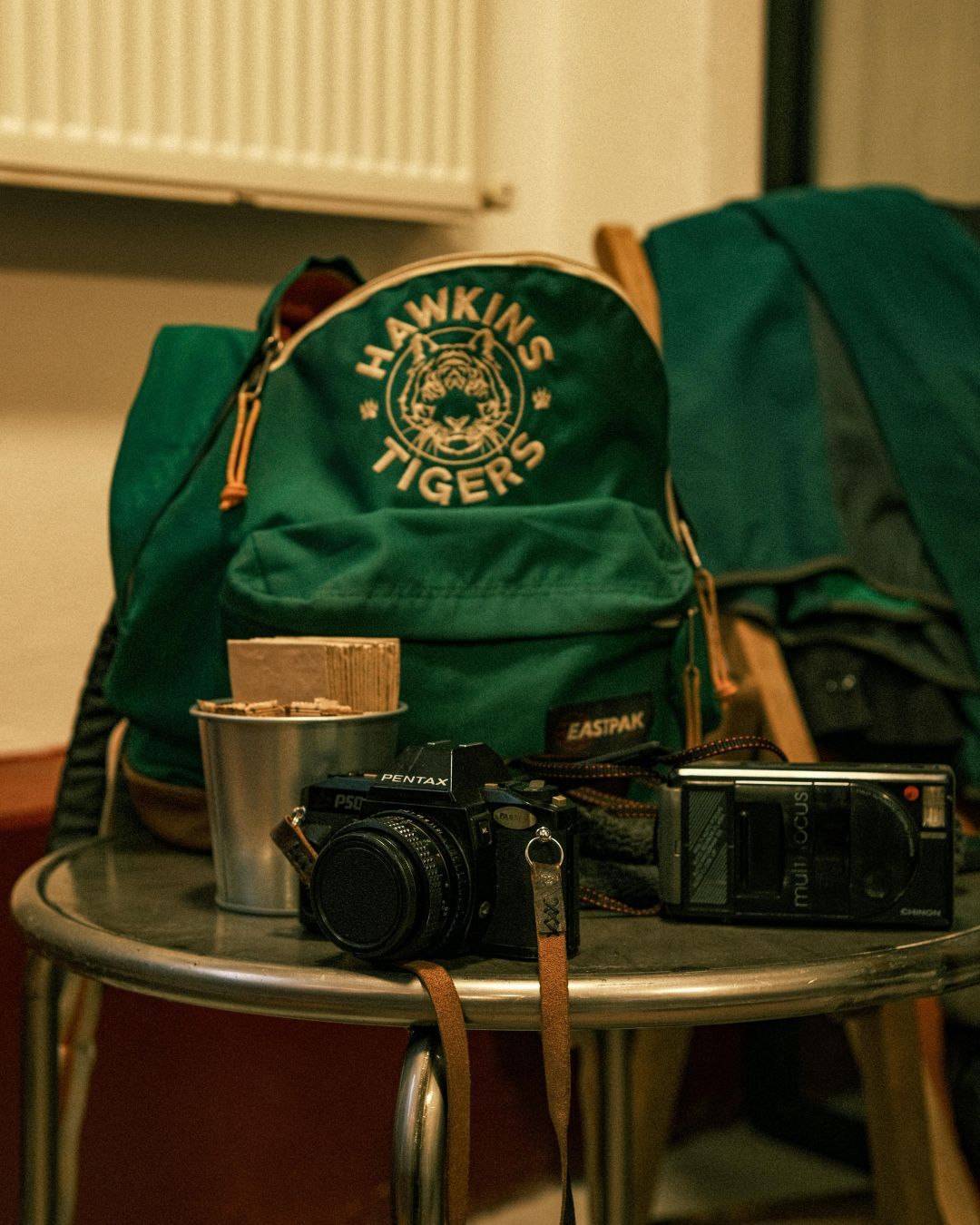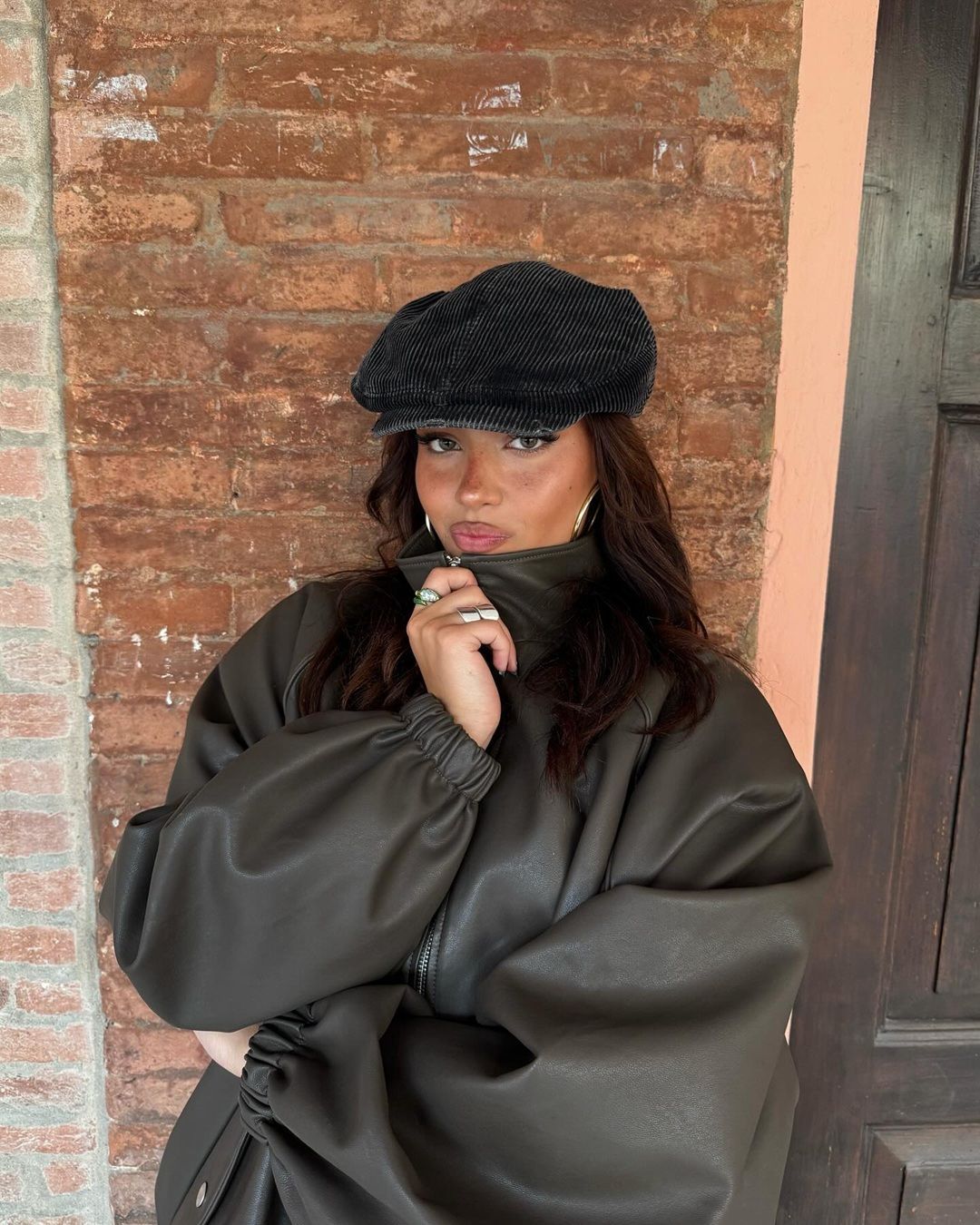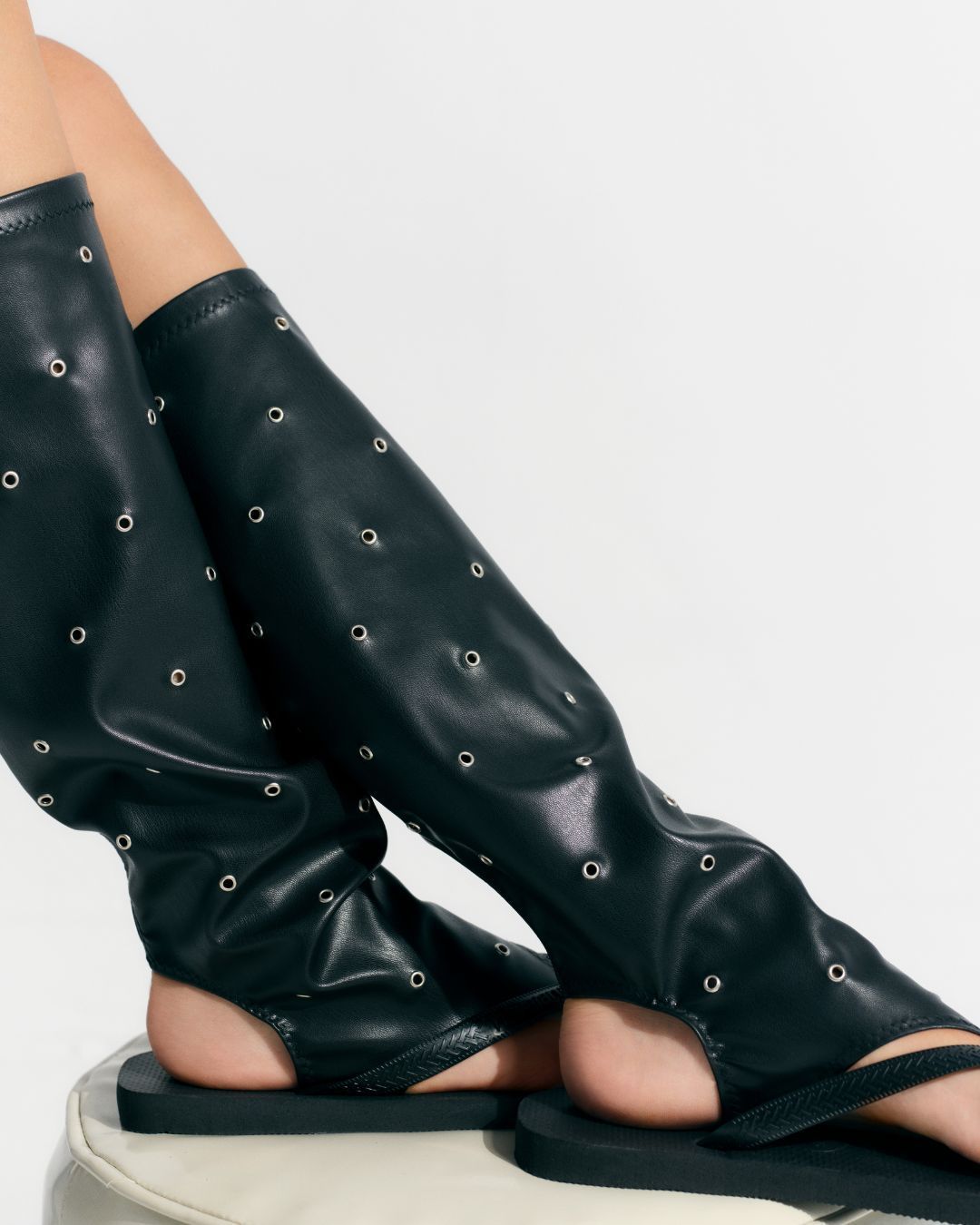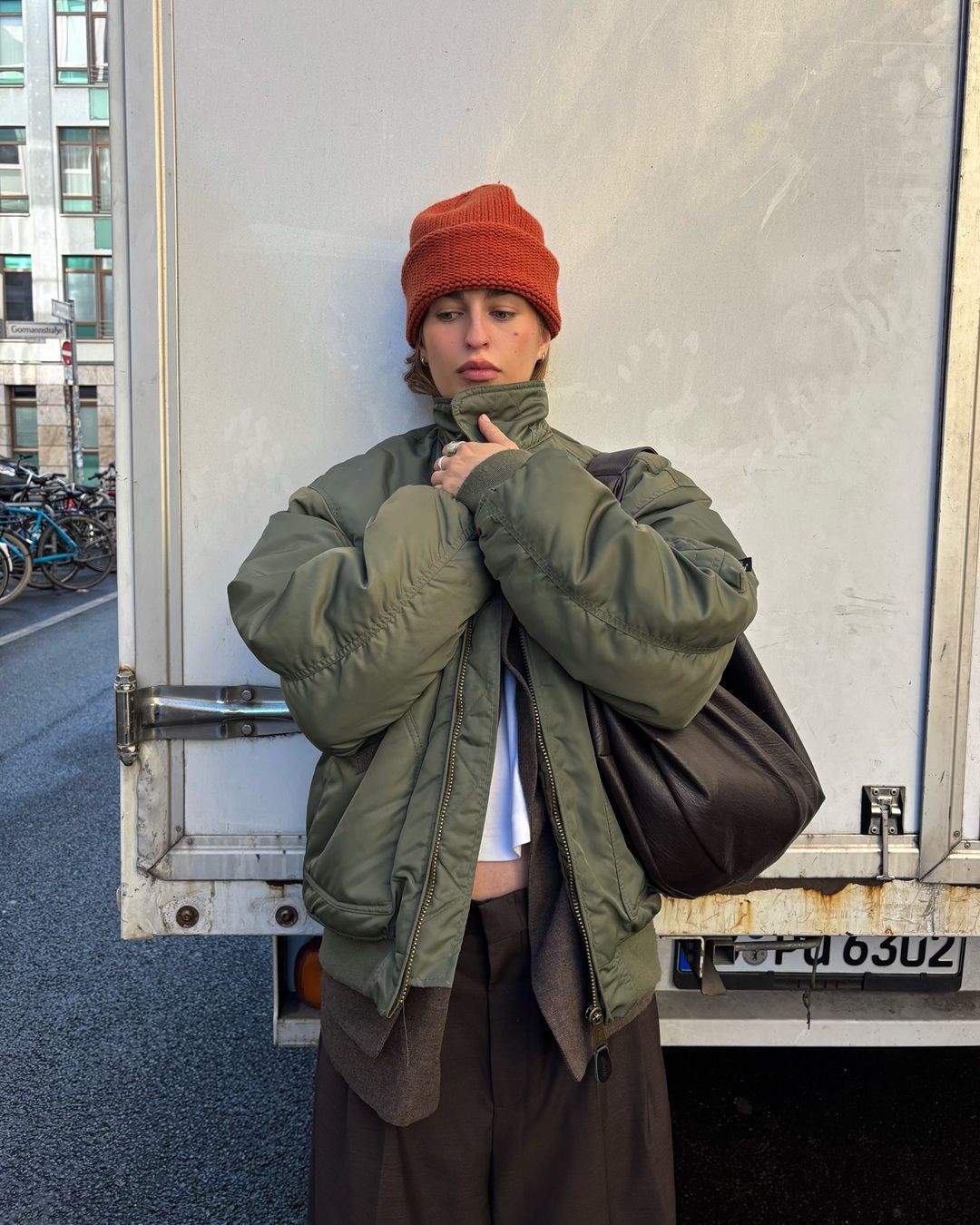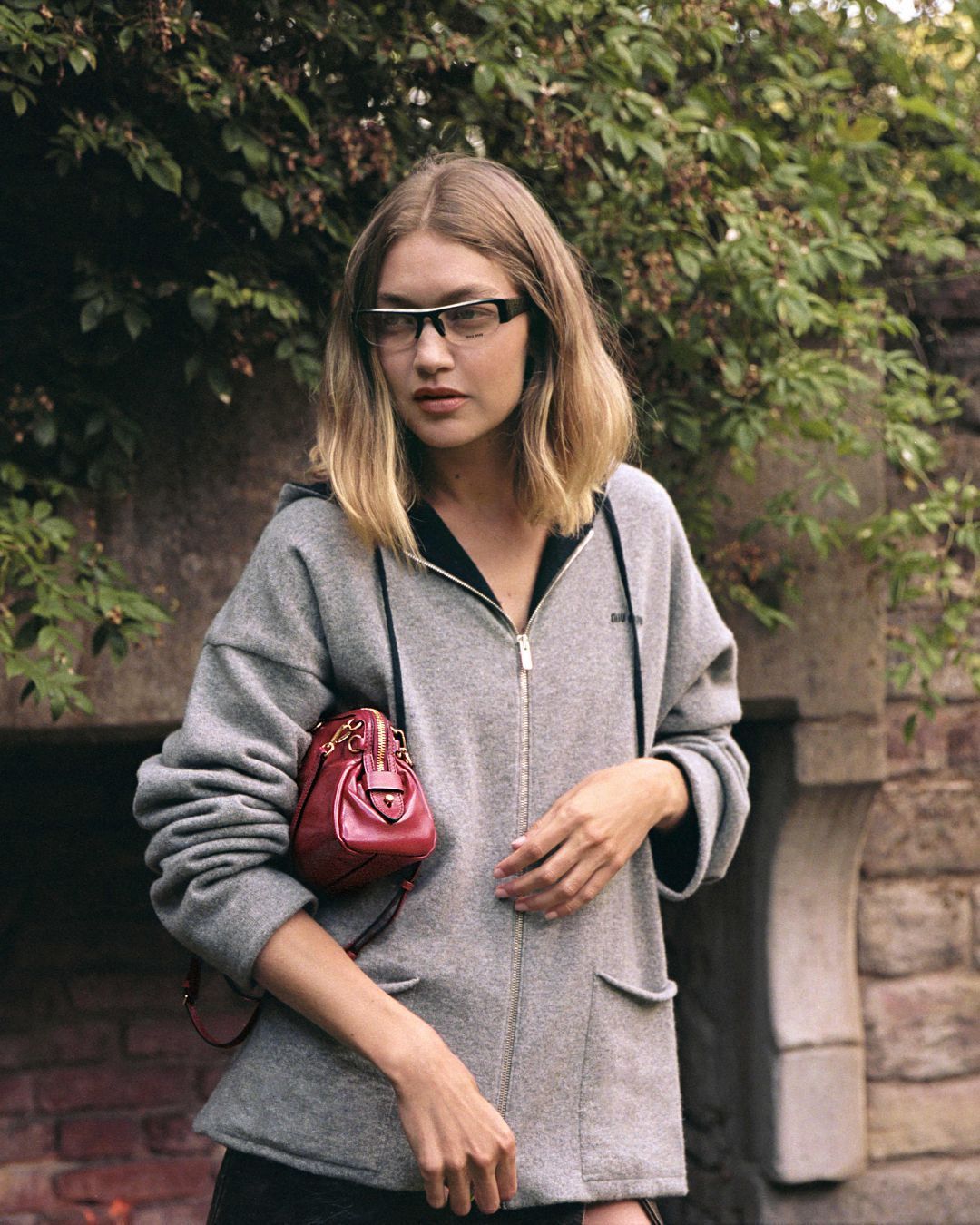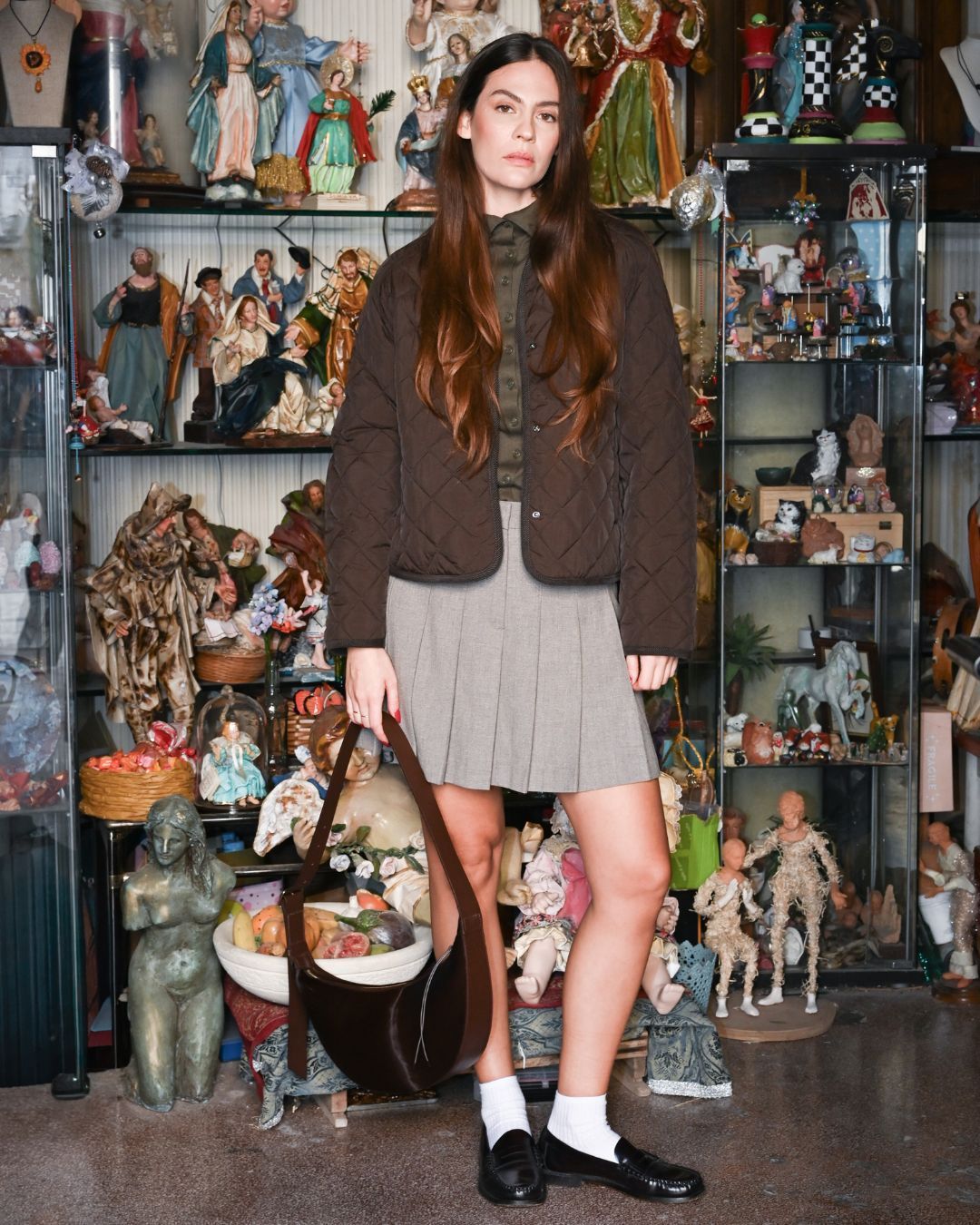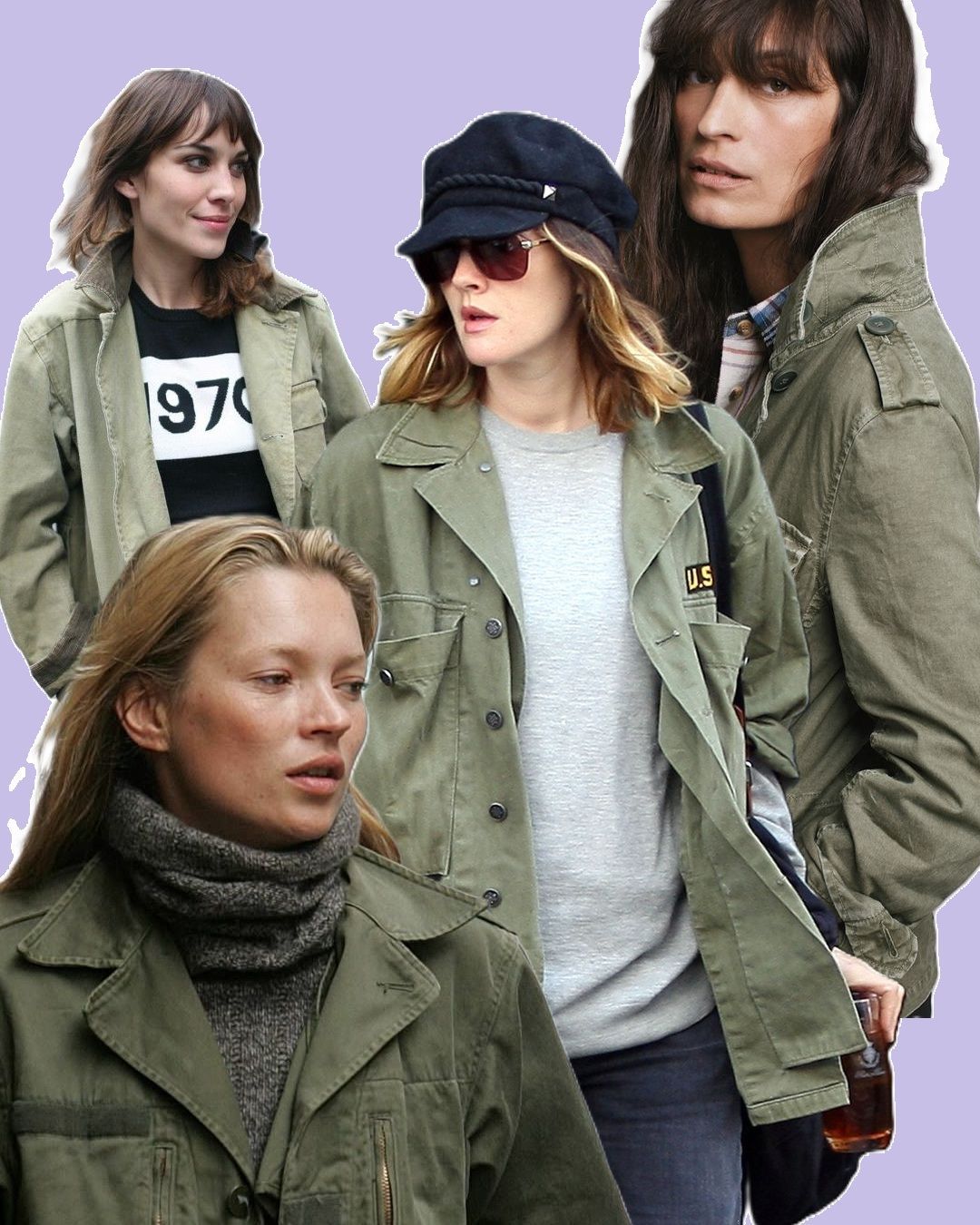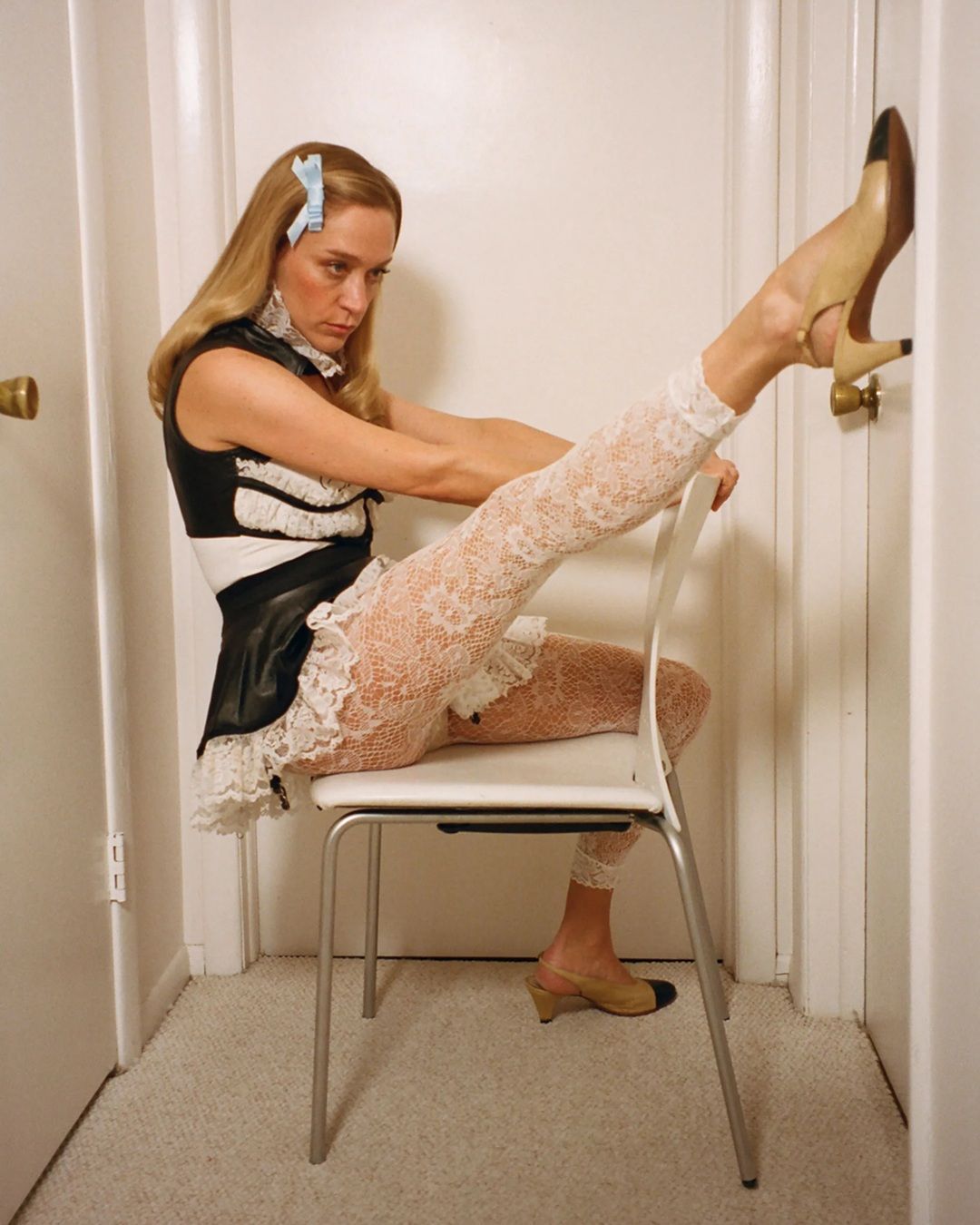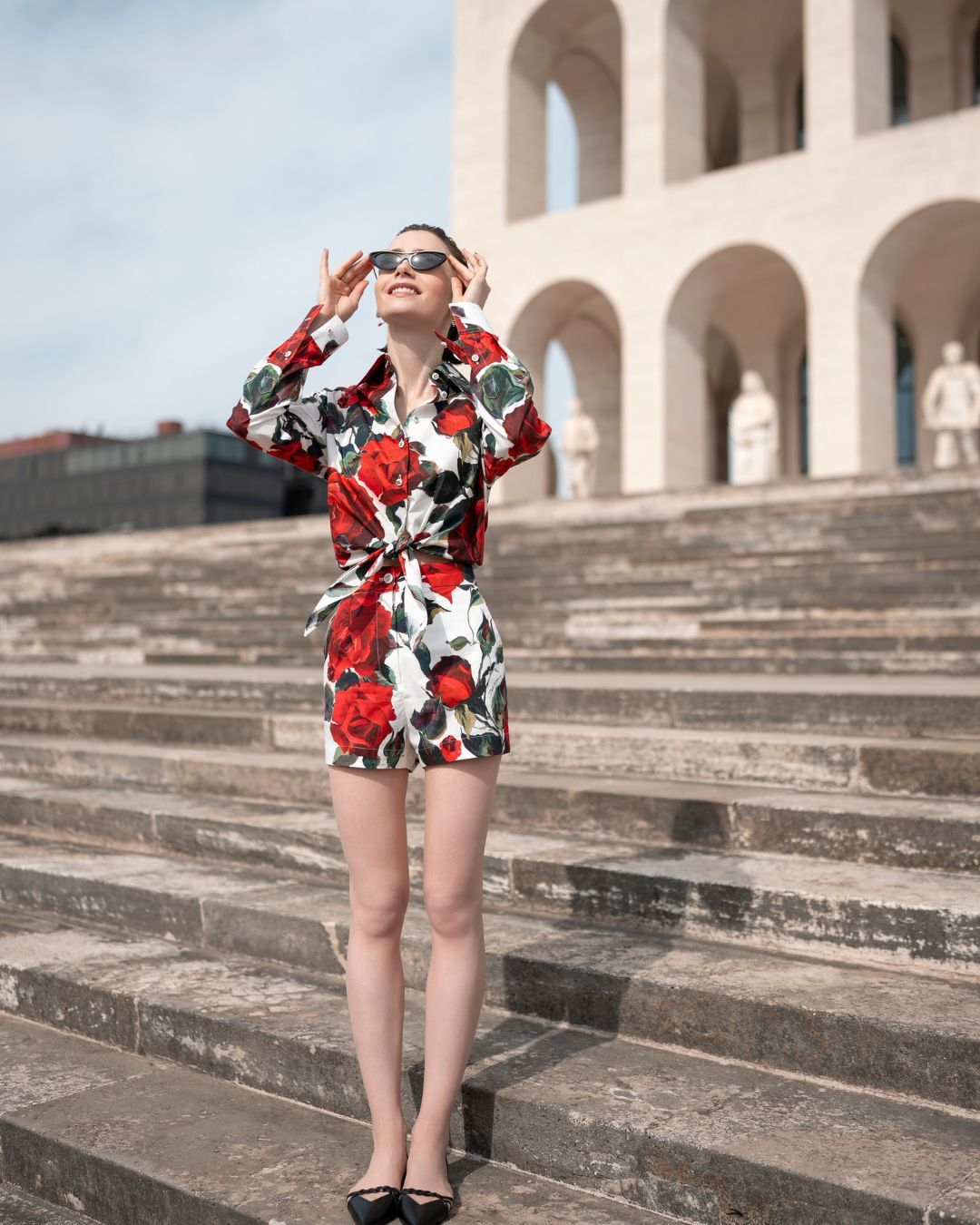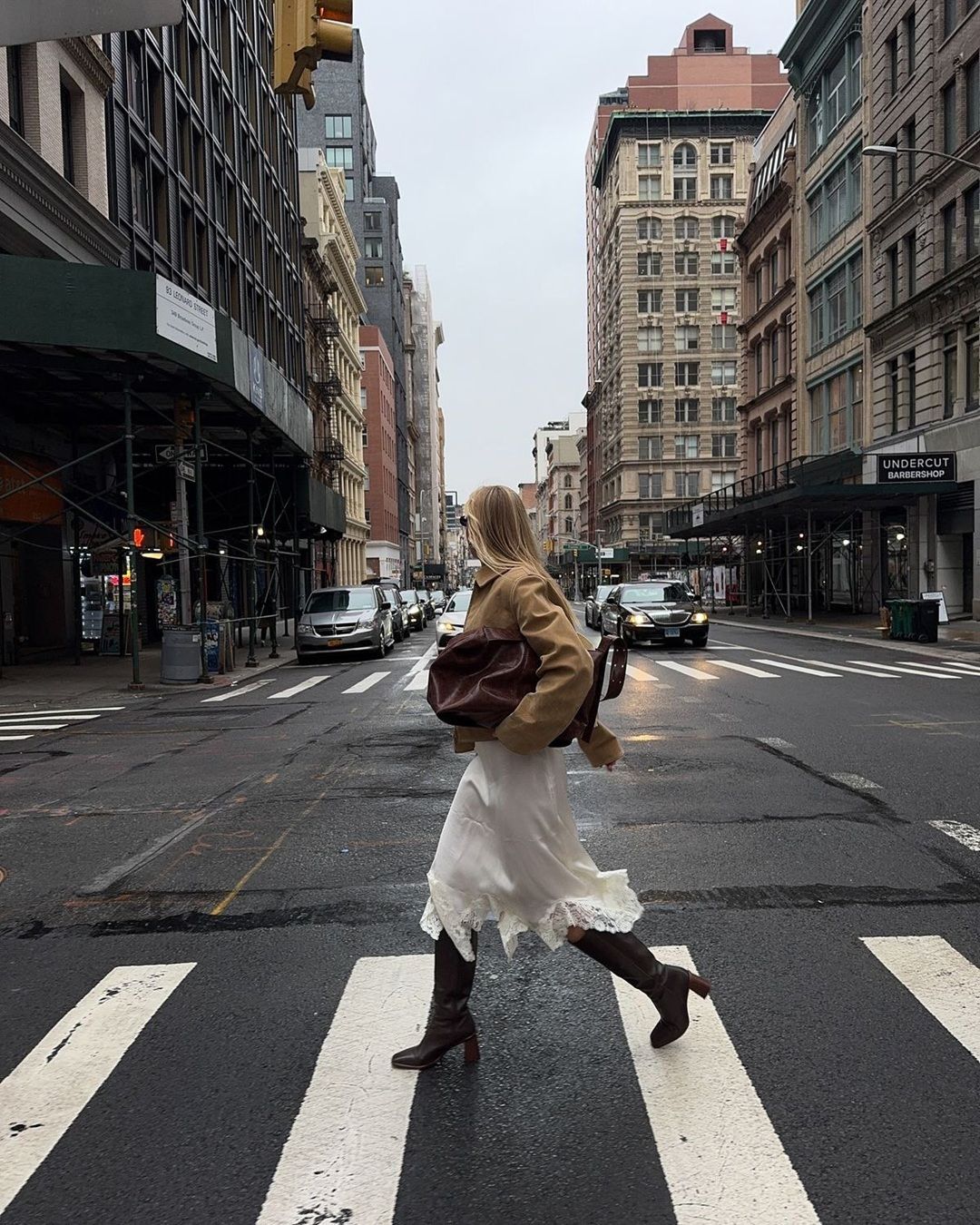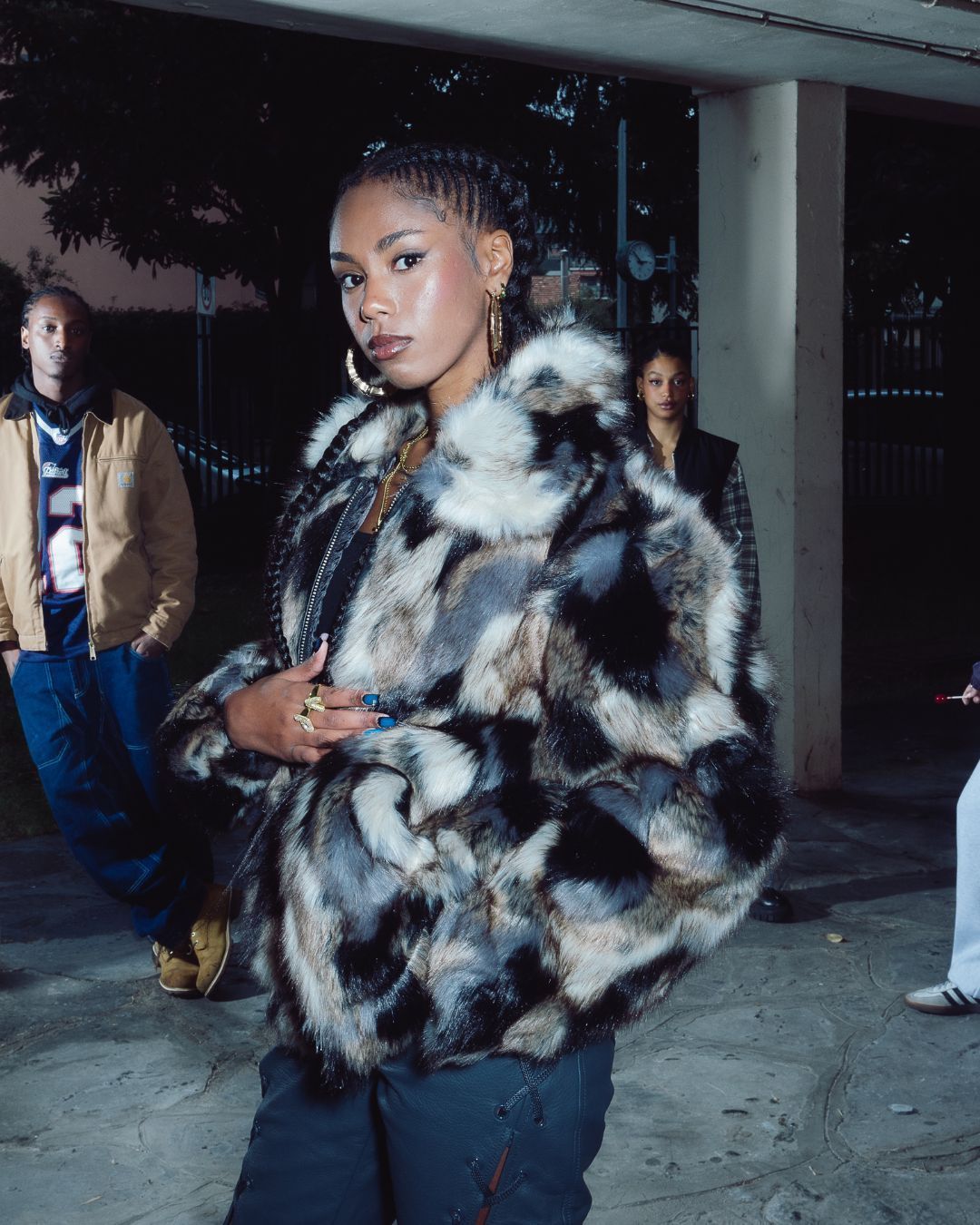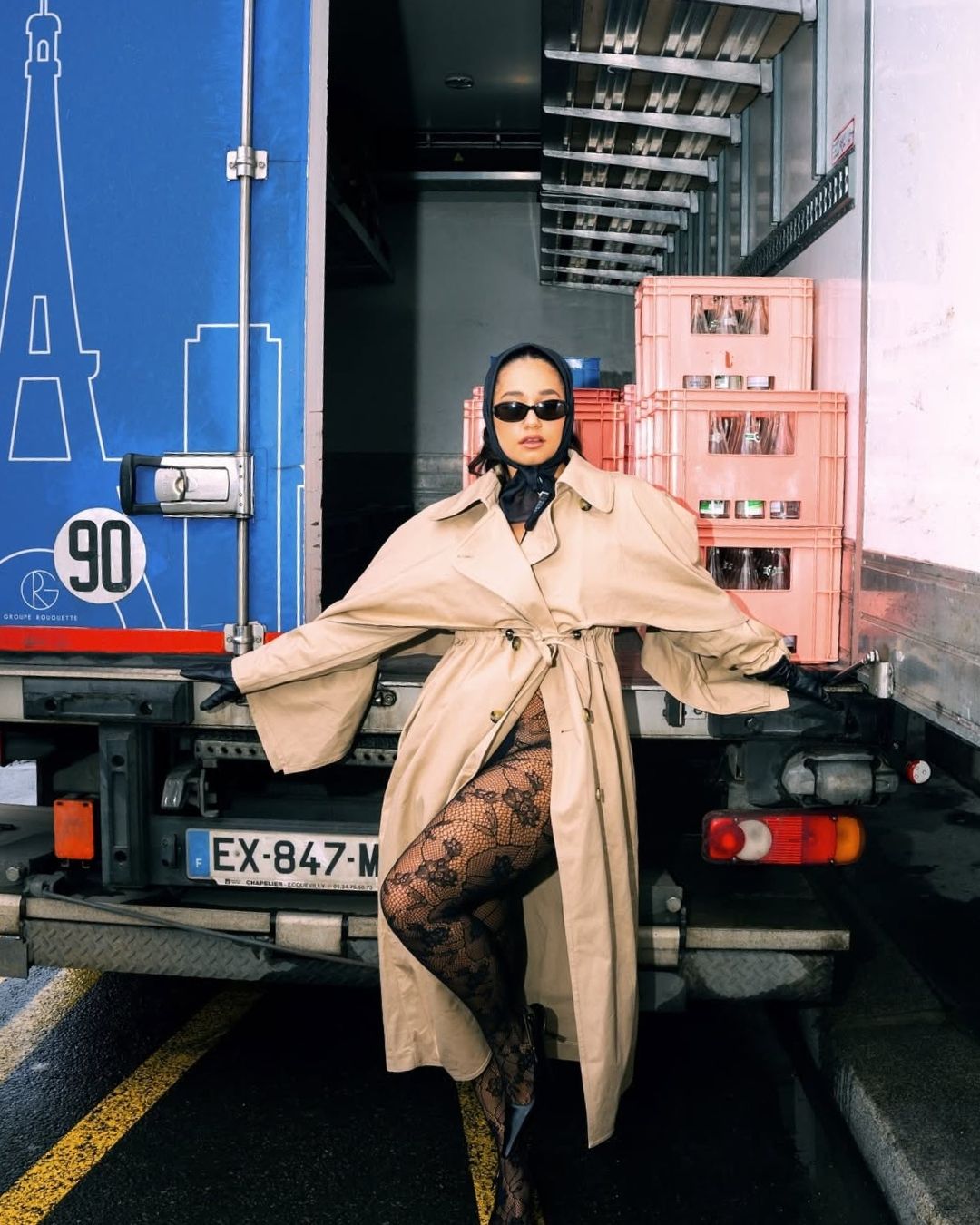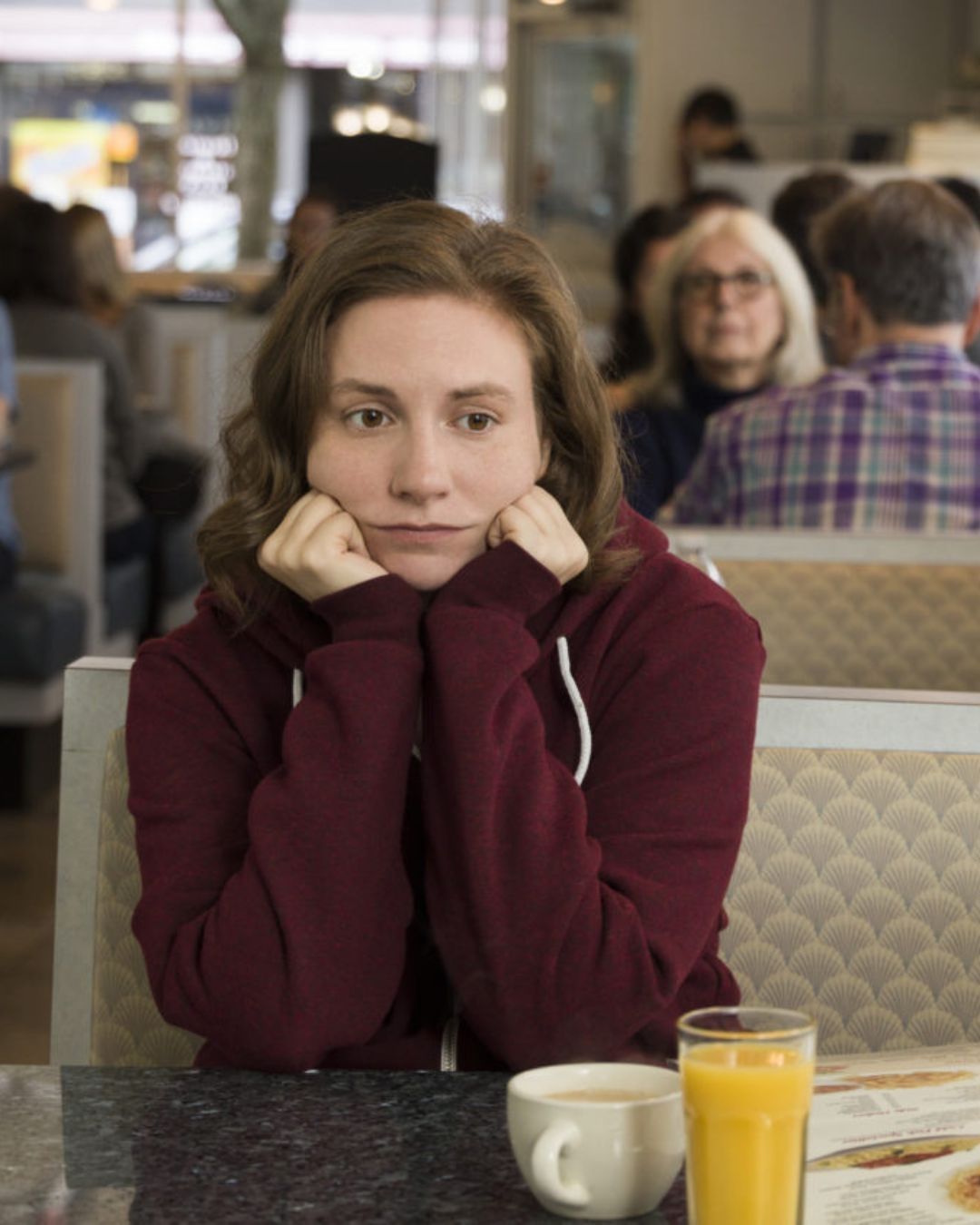
Can the architecture of cities influence the safety of women? Urban planning adopts a gender perspective
In recent decades, the need to rethink urban planning through a gender-sensitive lens has become increasingly evident. Cities, due to the way they were originally developed, often fail—both structurally and in terms of services—to meet the specific needs of women and gender minorities, particularly when it comes to mobility, safety, and accessibility. Underpasses—dark and almost always perceived as unsafe—are a prime example of this phenomenon. But there are exceptions. In the Swedish city of Umeå, for instance, a tunnel was built in 2012 using specific design solutions to help users feel safer, focusing on greater visibility and lighting, aesthetic care, and the separation of pedestrian flows. Though seemingly minor, these measures significantly improve the perceived safety among women.
Going out at night: the reality for women in Italy and the perception of danger
The issue of safety directly influences women’s behavior and choices. In Italy, according to Istat, nearly one in five women avoids going out after dark out of fear of assault—a figure nearly four times higher than that reported by men. This gap has serious implications for social and economic participation and extends beyond the individual level. Women may be indirectly discouraged from pursuing job opportunities requiring nighttime travel or from spending time in public spaces during certain hours.
Urban solutions from Milan to Bologna
Several cities have begun experimenting with alternative approaches based on the active input of women—through tools like focus groups, surveys, exploratory walks, and spontaneous feedback collection. These strategies go beyond traditional security policies, which often focus solely on increasing police presence. In Milan, for example, experts and residents have worked together to identify urban features that increase feelings of insecurity: neglected areas, poor lighting, or lack of public transportation in specific zones are some of the key concerns. In Bologna, certain initiatives have blended urban planning with a more inclusive vision of nightlife, treating evening hours as an essential part of urban life rather than something to be simply monitored. Projects like revamping public lighting or the Nottambula service—which allows people to be accompanied on foot by volunteers via Instagram or Telegram—demonstrate how well-designed public spaces can help foster a broader sense of safety.
@okay.kara.travels Reply to @simona_val safety advice and general tips for female travellers in Italy #travelplanning #travelplanningtips #HowDoYouMist #ElectrifyTheMini #travel #traveltiktok #traveltips #traveltipsandhacks #apprecommendations #solotravel #femalesolotravel #viral #viraltiktok #viraltiktok #fyp #fypシ #solobackpacker #backpackingeurope #italy #italy #naples #rome #backpackingitaly #travellingitaly #safetytips #safetytipsforwomen #travelsafety #travelsafetytips #budgetbackpacker #hostellife original sound - Kara | Travel & Backpacking
Similar experiments have taken place in other international contexts. In London, a safety protocol has been created for nightlife businesses, requiring staff to be trained to prevent gender-based violence and to make their spaces more welcoming and safe. In Montreal, Canada, a simple yet effective solution was introduced: during nighttime bus service, passengers can request intermediate stops to shorten the distance walked through isolated areas. In Germany, multiple cities have rolled out nighttime taxi voucher systems for women traveling alone—an initiative extended to non-binary individuals in some locations like Cologne. These measures don’t address the root causes of gender-based insecurity but are an important step forward—showing a willingness from institutions to embrace gender-inclusive urban planning.
@dwnews Many women in Germany say they feel much less safe than men in public spaces at night. They fear being harassed or assaulted by men. That is why the city of Cologne is now offering free cab vouchers to women and those with the gender entry 'diverse.' The city describes the measure as "targeted action against a specific danger that particularly affects women". A total of 1,500 vouchers worth 10 euros each are available. An eligible person can receive a maximum of three vouchers for the trial period until August 2025. What do you think of this move? #germany #frauen #köln #safety #womensafety #awareness News/Report Background Piano/Texture, Neutral(1383567) - Ney
Safety comes from urban change too—not just from patrols and police presence
The central insight from these initiatives is that safety—and especially the perception of safety—cannot rely solely on cameras or patrols. It must be created through inclusive and participatory urban design. Gender-sensitive urbanism isn’t just about identifying and fixing "dangerous" places. It’s about designing environments where everyone feels seen and welcomed. This calls for a deep shift in how we collect and interpret data, moving toward valuing subjective experiences—which are often invisible in traditional statistics—and integrating the perspectives of marginalized voices into decision-making processes.













